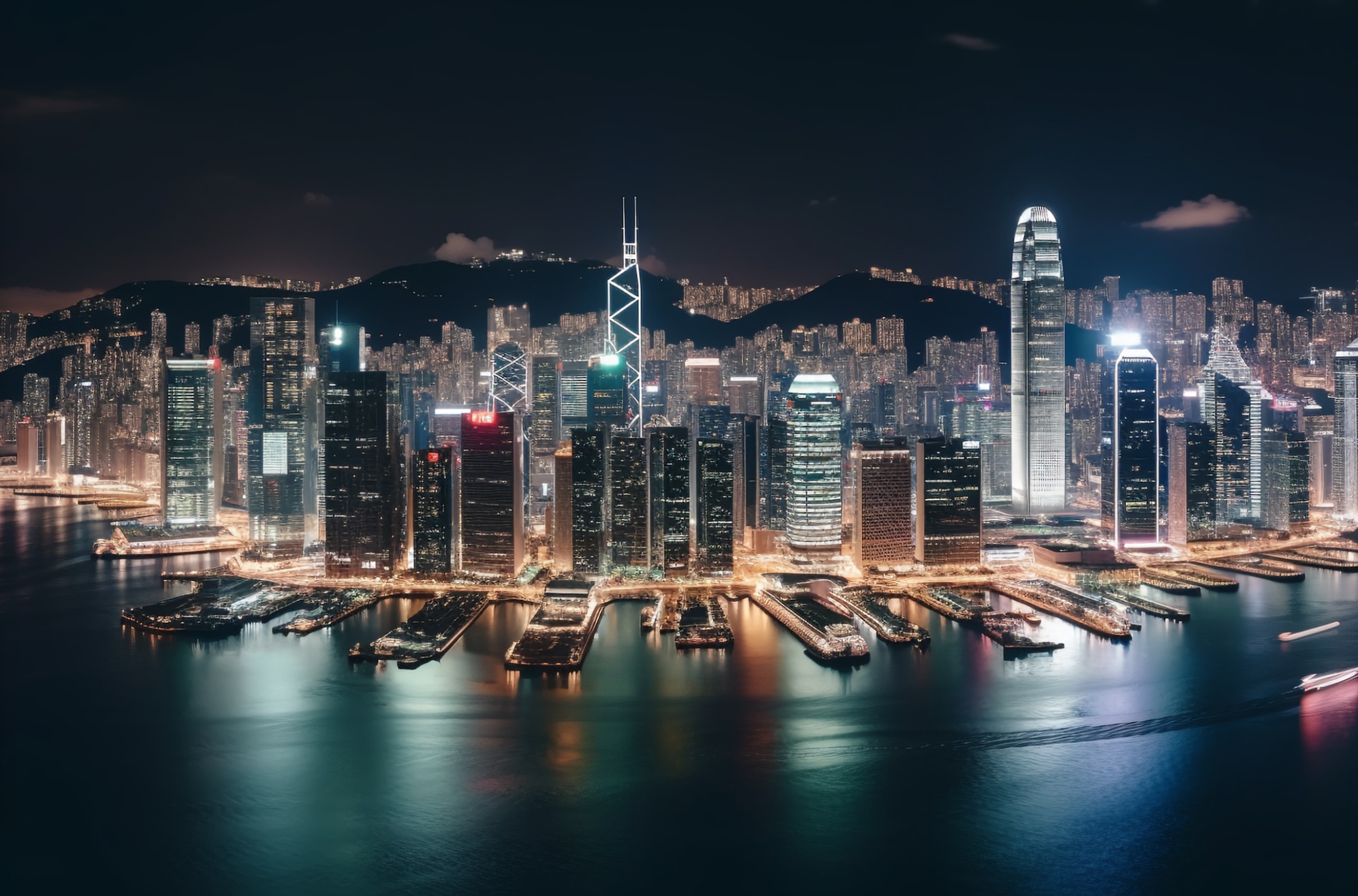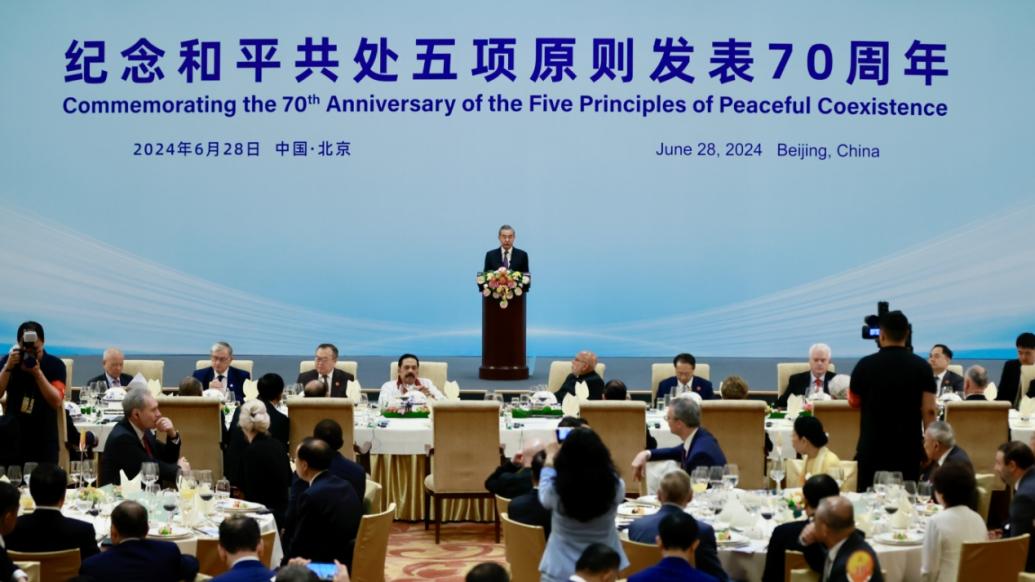
By Dr. Paul G. Clifford
Making Sense of China’s Belt and Road Initiative
The BRI, also known as One Belt and One Road (OBOR), comes from recent efforts to bring back and revitalize the ancient trade routes from China on land across central Asia and by sea through the Indo-Pacific. It has long grown beyond that original scope and has essentially become China’s official mode of engagement not only with Asia and Africa but also with Latin America and the Caribbean and in Europe into the Balkans.
Its origins are in the earlier policy of encouraging China firms to “go out” or “go out into the world.” CCP General Secretary Xi Jinping is credited for coining the term BRI in 2013. Chinese officials make no secret that the word “Initiative” (倡议) rather than Plan was chosen to downplay the geopolitical aspects and allay foreign concerns.
The core of the discussion about the BRI is the extent to which it is a vehicle for projecting China’s geo-political power and influence globally or an economic construct involving the export of Chinese skills, products, and investment capital, albeit often facilitated by politics. We can readily acknowledge that the truth lies somewhere in between.

From the outset, a key element of the BRI has been China’s national goal of locking in supplies of strategic minerals through the investment in resources such as bauxite (raw material for aluminum) in Guinea and, most recently, in lithium (essential for EV batteries) in Zimbabwe. In Africa, the BRI has been coordinated politically since 2018 through the Forum on China-Africa Cooperation and the state-to-state relations that flow from it. With many of China’s infrastructure projects in Africa, footage shows political leaders from both sides standing in the background while the companies sit at the signing table. China Exim Bank and China Development Bank (CDB) provide much of the financing through long-term loans and buyer credits. CDB also has investment funds, such as the China Africa Development Fund, which provide equity investment alongside those made by China firms.
Chinese state power’s pull in the BRI can be seen by examining the ignoble case of a small, little-known Chinese firm, originally state-owned but later hybrid state-private, based in Hefei, Anhui Province. The Chinese government originally brought it to the tiny Caribbean nation of Grenada to build a sports stadium to reward Grenada for ditching Taipei and recognizing Beijing. Using the cloak of a France-based holding company, the firm grew large in Africa, first through Chinese government-paid infrastructure contracts but later through hotels and supermarkets and finally through diamond mining in Zimbabwe in cahoots with the local military. After Mugabe’s death, this firm was dispossessed and kicked out of Zimbabwe. It defaulted on RMB 6.7 BN of Chinese domestic bonds. Chinese rating agencies completely failed to provide any warning. It provides a telling vignette of the interplay between business and politics in the BRI and the risks and poor outcomes that can result.
Chinese banks have become much chastened not just by what has happened to their customers who venture into the BRI but also by the fact that they have loaded up BRI host countries, such as Laos, Sri Lanka, and Zambia, with debt that cannot be easily repaid. Faced with this reality, China recently declined to provide financing for a Chinese railway project in Uganda, with it being transferred to a Turkish firm. But there is pressure on China to speed up its efforts at loan restructuring and debt relief.
Beyond its political dimensions, there is an essentially economic and business-driven side to the BRI. In its early days, the BRI provided an export outlet for primary industry areas and consumer goods manufacturing, where an unbalanced development surge created domestic over-capacity. But today, it has far transcended that role.
China is exporting the engineering skills it has developed and fine-tuned through its massive domestic infrastructure upgrade program. These skills range from the construction of airports, railways, roads, and bridges to cellular network infrastructure (such as the one bridging the digital divide in Angola), green technology, and smart city software for city management (including surveillance). This infrastructure focus extends to state-of-the-art tunnel boring technology and the locomotives and rolling stock that runs over the railways. Most importantly, China, which traditionally was not seen as strong in project management, is now adept at completing these projects on budget and on time.

Beyond the project stage, China is also exporting management skills, for instance, in running ports such as Piraeus, which is critical to enabling the entry of white goods (many from Haier and Hisense in Qingdao) into Southern Europe. It is also making direct investments along the path of the BRI in the manufacturing industry, such as electric vehicles in South Africa and mobile phones in Ethiopia. Those Chinese Tecno phones are designed for the local African market, and some have a keyboard in Amharic.
The BRI bears some similarity to what we saw in the 1970s when South Korea, on a much smaller scale, actively promoted manpower exports through construction projects in Saudi Arabia. Chinese labor is brought into BRI projects, and the public in host countries vents about China not doing enough local capability building. The Chinese government and firms such as Huawei are indeed active in providing scholarships for Africans to study in China. Huawei also makes much of its manufacturing localization in North Africa. At the same time, some observers see these skills transfer as tokenistic, less about sparking technology development in Africa and more about simply bolstering the firm’s brand and reputation.
When we assess the enormous economic push that the BRI presents, coupled with the political trappings that go into shoehorning Chinese firms into deals, the next question is the extent to which China backs up its BRI presence with military force or even the threat of it. China is a leading contributor to troops to UN peacekeeping missions. But beyond that? So far, China’s BRI bears no resemblance to the military might that followed the British East India Company into India in the 19th century. China has a military base in Djibouti mainly to protect shipping lanes. The USA and six other nations also have bases in Djibouti. There is some ambiguity about China’s future role in Cambodia’s Ream naval base, which China is upgrading. But so far, China’s overseas military presence is inconsequential compared to that of the USA, which has 800 military bases in 70 nations and territories.
Some citizens in BRI nations are delighted at the gleaming new transportation and telecommunications infrastructure that China has created. African officials will tell you they welcomed China because “the USA did not come knocking.” The West left a vacuum that China has been happy to fill. But you will also find citizens of these nations who bitterly resent their asymmetrical relationship with China. They fume at the lack of transparency in BRI contracts and the environmental impact of deals that are stitched up with their corrupt political elites.
Chinese leaders correctly view the economic heft of the BRI as a path to increase geo-political influence and international clout. That, in turn, inevitably creates friction with incumbent world powers who feel they are being challenged or even displaced. Even with the absence of military might to underpin its export of goods and capital, the BRI signals a radical shift in the global balance of power. Furthermore, the way China interacts in the BRI with smaller or weaker nations raises legitimate concerns.




























Leave a Reply
Your email address will not be published. Required fields are marked *